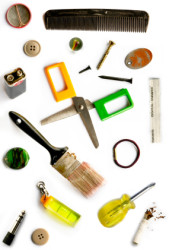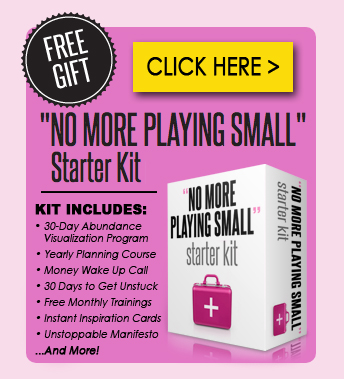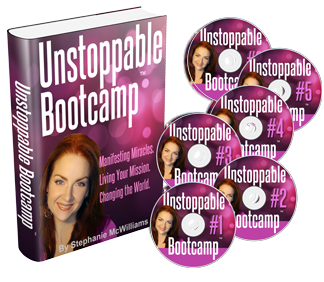 Many of you have heard me speak about sorting, clearing, cleaning and editing your belongings. And if you haven’t, many of you have read plenty of books about clearing the clutter, organizing your office and tossing your trash.
Many of you have heard me speak about sorting, clearing, cleaning and editing your belongings. And if you haven’t, many of you have read plenty of books about clearing the clutter, organizing your office and tossing your trash.
As a feng shui consultant, I’ve become hyper-aware of the effect of clutter on our emotional, spiritual and psychological lives. I’ve seen bright people brought to a halt, talented folks brought to their knees with clutter, and adults swallowed alive in stagnant knick-knacks and dusty bobbles. If you have closets packed to the ceiling, cupboards that are bursting, or junk drawers that can’t close, you’re in very good company. But so often the process of clearing the clutter just feels far too daunting, and we simply look around not knowing where to begin.
Grab the closest junk drawer, closet, cabinet or cupboard. Open it wide…and let’s get to work!
1. START SMALL. Starting in a small area is far less overwhelming than taking on the process of clearing out your entire house. Thinking we have to tackle every single hidden area can bring us to a grinding halt. Pick one small area – I suggest your junk drawer for starters. Not only can you complete it quickly, but you’ll instantly begin to reap the benefits of having at least one beautiful, uplifting place.
2. FINISH WHAT YOU START. Make sure to finish your junk drawer before moving on to something else. Many of us have a tendency to start sorting every space all at once. This can be daunting, and rarely is it possible to finish several spaces all in the span of a day. Also, if your tendency is to start too much at once, you may struggle with completing tasks in general. Use this exercise as an opportunity to release this pattern, and begin a new, more focused, habit.
3. CLEAN LIKE YOU’VE NEVER CLEANED BEFORE. Once you’ve dumped the junk drawer, clean the drawer from top to bottom. Also clean every single item going back into the junk drawer. Get back inside the corners, the sides, the bottom. Clean it as if it were a sacred act that your life depended on. Be conscious, careful, considerate, as if the act of cleaning itself were a meditation.
4. GIVE EVERYTHING A HOME. Disorganization usually stems from the fact that we’ve never organized our things in a way that made the most sense. When we find the proper containers, boxes or dividers for our things, then tend to stay there. So if your junk drawer is still a mess, perhaps you haven’t quite structured things as well as you could. Take a second look, grab a piece of paper. Brainstorm what needs to go there, how much can fit, and where it will go.
5. KEEP THINGS YOU NEED. When sorting through any hidden space, really ask yourself “Do I need this?” If you do, then great! Keep it, and move on to the next object. You “need” your can opener. You “need” your scissors. You may not “need” an old bag of binder clips, 300 rubber bands or 4 old boxes of incense.
6. KEEP THINGS THAT LIGHT YOU UP. You can also keep things that make your heart soar. As my teacher said so cleverly to me last week, “Go through your home as if you were shopping there, and keep only the things you would buy again today”. Only keep around things you would genuinely spend your hard-earned cash on today – those things that make you feel wonderful, that bring a smile to your face and a lightness in your chest.
7. ANAL RETENTIVE VS. CAREFUL. Make sure as you begin bringing care and intention into your home environment that you continue to keep tabs on your underlying motivations. Do you need everything to be perfect? Do you refuse to let one object be left sitting out? Does everything always need to be in it’s place? Watch this fine line between careful (full of care) and anal-retentive. They can often times look almost identical, but are radically different things. If you’re inclined to be more controlling and perfectionistic, your homework this week will be to make a mess! Lighten up! Any imbalance or extreme within us, no matter what type it is, needs to gently be brought back into balance.
8. HOARDING VS. STORING. When dealing with storage spaces, keep tabs of hoarding tendencies. Similar to #7 above, hoarding can often times be masked as “saving up for the future!”. There’s a difference between keeping extra amounts of toilet paper as a back-up vs. vitamins with old expiration dates, old soaps and shampoos from hotels, 1/2 empty containers, tools that you haven’t used in 5 years, or excessive amounts of an object that would take you a decade to use up.
9. THE 50-50 RULE. Keep your closets, cupboards and drawers half-full. That’s right! Leave some empty space. The key to keeping things organized is to have enough space to comfortably get things in and out as needed. Most of us fill things all the way up to the tippy-top, taking us much longer to retrieve an item, and even longer to put things back in place afterwards. Consider leaving breathing room in all your spaces so that you feel uplifted, airy and inspired every time you peer inside, saving you time and energy.





